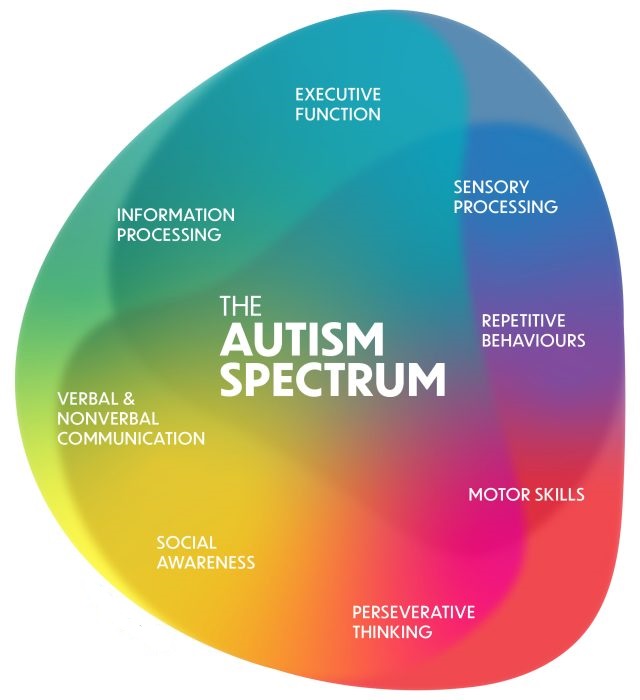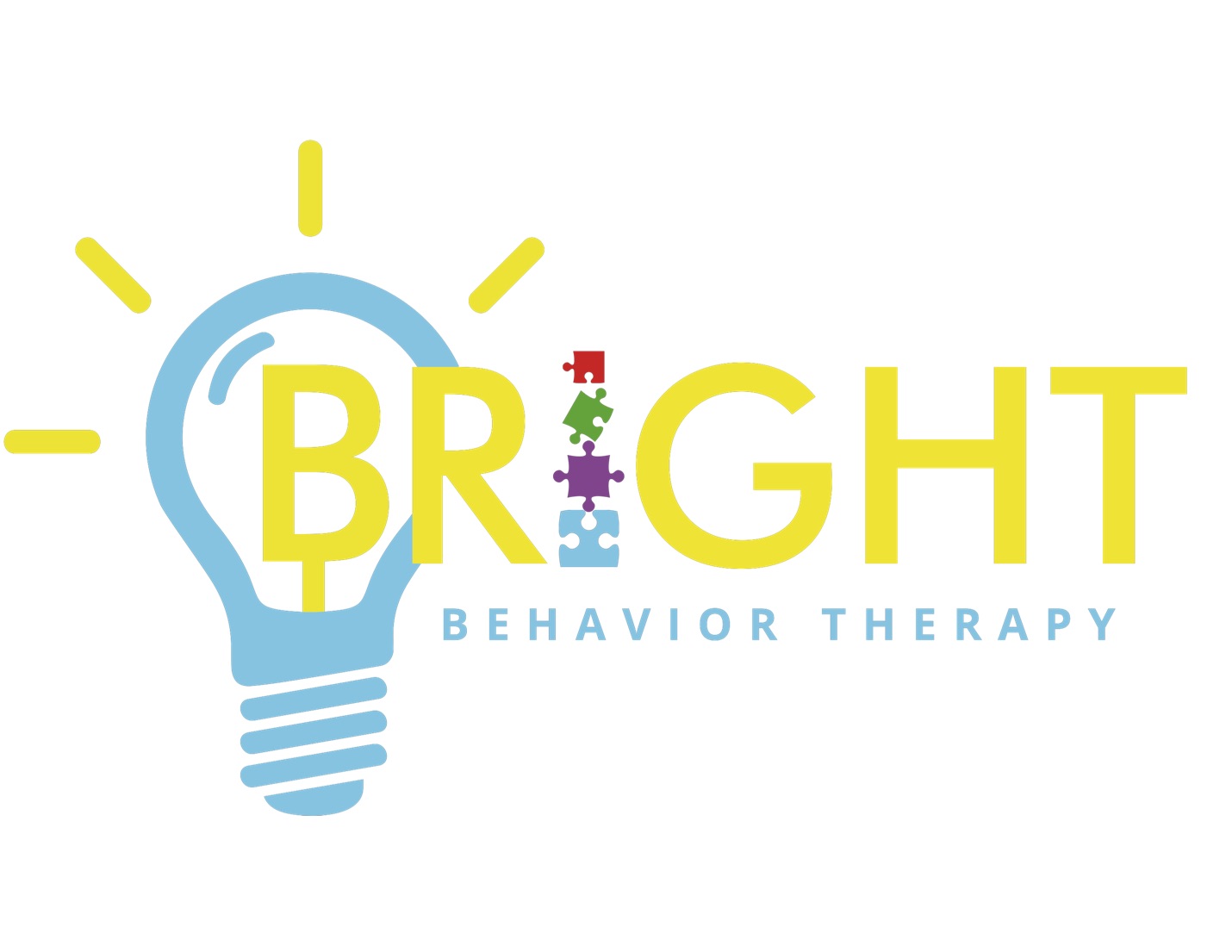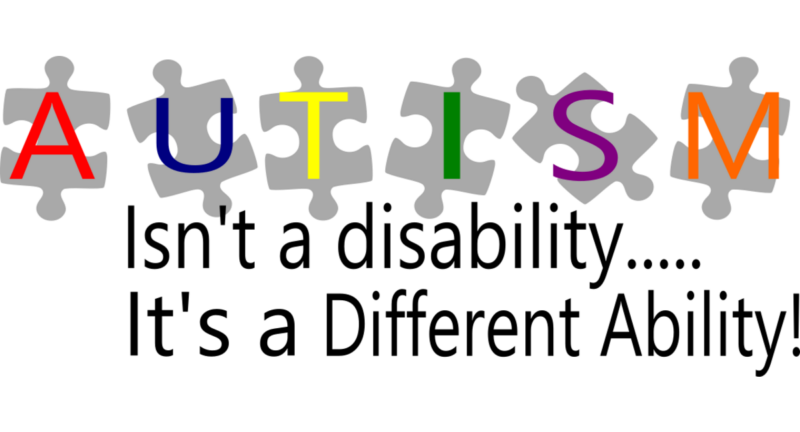
Why Do We Use The Term Autism Spectrum
But why do we use this term? What does it mean for those who live with autism? And how does it help them navigate through life? In this blog post, we’ll explore all of these questions and more to understand why the term “autism spectrum” is so important in today’s world.
What Does It Mean To Be On “The Autism Spectrum”
Being on the autism spectrum means that an individual’s brain processes information differently. It can affect their social interaction, communication skills, and behavior patterns. However, it is important to note that every person with autism experiences it differently.
For some individuals, being on the autism spectrum might mean struggling with nonverbal cues or sensory overload in certain environments. For others, they may excel at processing information in a specific area such as mathematics or music.
It’s important to remember that there are different types of Autism Spectrum Disorder (ASD), which include Asperger’s Syndrome and Pervasive Developmental Disorder-Not Otherwise Specified (PDD-NOS).
While there is no known cure for ASD, early intervention and support can greatly improve outcomes for individuals on the spectrum. This includes therapy sessions tailored towards their specific needs and accommodations in educational and workplace settings.
Being on the autism spectrum should not be viewed as a negative thing but rather as a unique aspect of an individual’s personality. With understanding and acceptance from society, those with ASD can lead fulfilling lives just like anyone else.
The Different Types of Autism
There are different types of Autism, which include:
- Classic Autism: This type of autism was initially described by Leo Kanner in 1943. Individuals with classic autism have significant challenges in social interactions, communication, and exhibit repetitive behaviors.
- Asperger Syndrome: Individuals with Asperger syndrome are highly intelligent; they may have difficulties understanding sarcasm or irony but do not exhibit language delays or cognitive impairments.
- Pervasive Developmental Disorder-Not Otherwise Specified (PDD-NOS): It’s also known as atypical autism where the symptoms don’t fully meet the criteria for classic autism or Asperger’s syndrome.
- Childhood Disintegrative Disorder: This type of Autism is rare and usually occurs after two years of age when the child begins losing their previously acquired developmental skills such as speech, motor skills etc.
While all individuals on the spectrum share certain challenges related to social interaction and communication abilities, each case is unique to its own right. By understanding these various types of Autism allows us to better understand how we can support individuals on the spectrum effectively and appropriately based on their individual needs
The Pros and Cons of using the Term Autism Spectrum
One of the main benefits of using the term “Autism Spectrum” is that it acknowledges and validates the fact that autism is a diverse condition, with varying degrees of severity and symptoms. It recognizes that each person with autism will have unique challenges and strengths, rather than being labeled as simply “autistic” or “not autistic.”
However, some people argue that using this term can also be limiting, as it implies a linear scale from mild to severe autism. In reality, individuals may have different combinations of characteristics across multiple areas such as social communication skills and sensory sensitivities.
Another potential downside of labeling someone as being on the Autism Spectrum is that it can lead to stigma or negative assumptions about their abilities. Some individuals may feel defined by their diagnosis rather than recognized for their individual qualities.
Despite these potential drawbacks, many advocates for people with autism still believe in the importance of using this term to raise awareness and promote acceptance. By recognizing the diversity within the condition itself, we can work towards creating a more inclusive society for all individuals on The Autism Spectrum.
How The Term Autism Spectrum Helps People With Autism
People with autism experience a wide range of symptoms and behaviors, which can make it difficult to understand or describe their experiences. The term “autism spectrum” helps people better understand the diversity within the autism community. It acknowledges that every person’s experience with autism is unique and different from others.
The term also helps reduce stigma around autism by emphasizing that there isn’t one standard way to be autistic. This recognition is important because it promotes acceptance of individuals who may not fit into traditional societal norms.
By using the term “autism spectrum,” people are encouraged to view those with autism as individuals instead of labeling them based on specific characteristics or traits associated with a particular type of disability. This approach fosters greater empathy, understanding, and inclusion for those living with the condition.
Moreover, this terminology empowers individuals on the spectrum by giving them more control over how they describe themselves and their experiences. By embracing neurodiversity, society can recognize that there is value in differences rather than forcing everyone to conform to a single normative model.
Using the term “autism spectrum” has many benefits for people on all sides of the issue— from those directly affected by it to society as a whole. It encourages inclusivity and acceptance while promoting individuality and respect for diversity.
Do you Have A Child Or Family Member On The Autism Spectrum? Give Us A Call Today
Using the term “autism spectrum” allows for a more comprehensive understanding of autism as a spectrum and acknowledges the diversity within individuals on the spectrum. It also helps reduce stigma and promotes acceptance and inclusion. It is crucial to recognize that every individual with autism is unique and should be treated as such.
While there may be differing opinions about whether or not to use the term “Autism Spectrum,” what truly matters is how we approach individuals with autism— with empathy, respect, and an open mind. By doing so, we can create a world where everyone feels accepted for who they are regardless of their differences.
Related Posts
Which is better, dogs or cats?
Everyone feels low from time to time, so it’s not always easy to know when it is...
How Autism Training Can Help Your Business Or Organization
Have you ever considered Autism training for your business or organization?...

